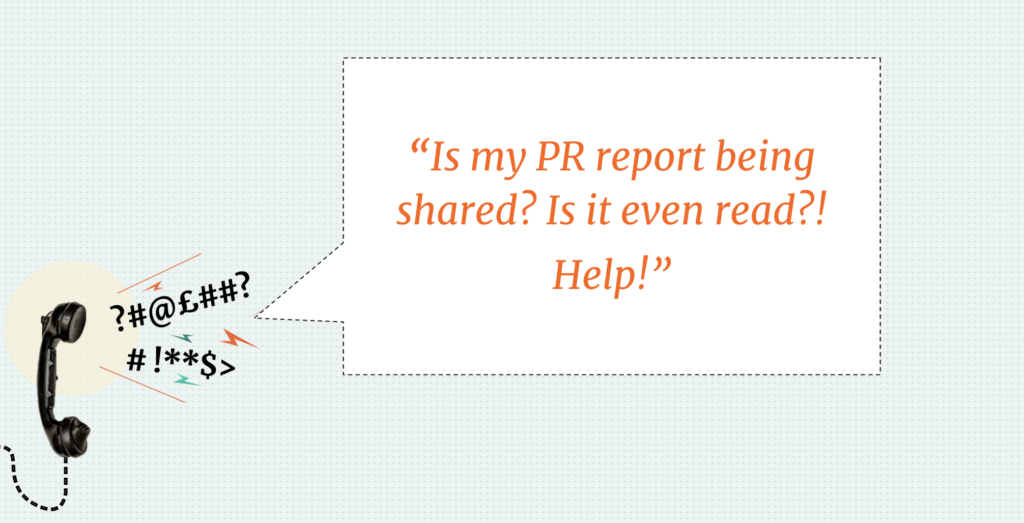Modern PR can impact an organisation on many levels. A wider variety of stakeholders now take an interest in PR results than ever before, however there is often a fear among PR teams that once a report is sent, it might not be read!
We ran this webinar to help you understand your PR report audience better and adapt your communication to gain their attention and encourage shares.
A PR report ‘audience’ can be defined by anyone we’re communicating results to. This could include; in a meeting, a video conference, email recipients you know about and the forwarded email recipients you are not aware of. This session focused on the email audience and the importance of getting to know everyone behind the mail list…those it could be forwarded on too!
It is useful to group your audience by primary, secondary and additional stakeholders. Check back to the recording to see examples of who could fall into these groups; https://youtu.be/ejLqBKIVMsw
Once you understand their PR knowledge level and how PR results affect their role, you can adapt report layouts and highlights particular metrics. Gary demonstrated quick ways to do this within CoverageBook using the new design layout and metric features.
Understanding your audience better will help you to personalise results to them and frame data in a way that will really grab their attention.
Being aware of their motivations and concerns and even finding out what they see as a threat or opportunity will mean you can deliver the data that matters to them. It could be the difference between an open and forward or close and delete.
Here is the full slide deck used in the training session to reference.
If this has sparked an interest in data storytelling, listen to my podcast interview with Cole Nussbaumer Knaflic (Author and founder of Storytelling with Data), she is an inspiration in this area!
If you have a PR reporting issue you need help with tweet me & i’ll investigate on the podcast or in a our next webinar.
